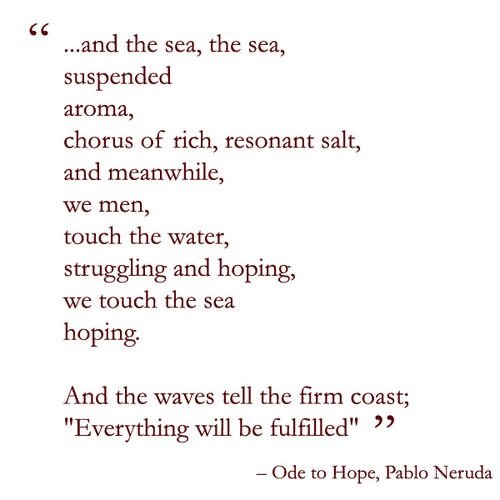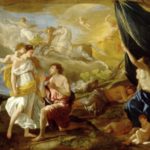Water Poem by Pablo Neruda
“Goodbye, Mother” by Pablo Neruda is the second of the Water Song series, and it’s a beautiful example of watercolor drawing. It is subtitled “The Broken Mirror” because it originally appeared in the final chapter of The Dance.
This lovely piece starts out as a traditional watercolor and then quickly changes to a shimmering blue. I especially love how Neruda mixed the black and white into the background to create such an eye-catching effect.
I particularly love the way that Neruda plays with shadows. Throughout the painting, he uses different types of shadows – some soft, others dark. I especially love how he creates a fog of fogged emotion over the water, and how the fog gradually recedes and reveals the beauty of the water scene below. In this particular water poem, Pablo Neruda accomplished three important things very well.
Firstly, he uses water to represent emotional experience. The water poem begins with a deep, somber tone, full of dread and loneliness. But as the piece progresses, we are introduced to new characters whose circumstances echo the ones behind the deep fog.
All of this adds depth and color to the water and makes it seem even more appealing than a simply colored water painting.
Secondly, the colors in the painting, particularly the deep, rich blues, reds and greens, add depth to the work and make it more interesting. The palette used for Pablo Neruda’s painting is very modern, yet at the same time, it evokes the beauty of the past. It’s not bad either, I think. I’m just not sure what.
Thirdly, the paintings in The Dance are simply gorgeous. They draw me in and entice me to look at them for hours, until I fall in love with them. This is not an art form by itself, of course, but it works so well with other forms that it can be considered an artful composition.

This deep beauty and longing for the past, present and future are one of the underlying themes that runs through the work. Neruda’s work is truly a remarkable achievement for an artist, who managed to capture the essence of his subject matter, and translate it into an artful masterpiece.
Pablo Neruda’s “Manhattan” is perhaps the most famous water painting from his long career.
It is also probably his most famous piece, and perhaps the one that most people will think of when they hear the name. As with so many of Neruda’s paintings, the style is very simple, almost primitive. His choice of colors, as always, is simple, too. He chooses dark saturated colors, such as blacks, grays, and browns.
The painting, entitled simply, “The Day That The Flowers Grew”, is so good, that I think even the viewer who doesn’t know much about art, can understand what is going on. The central subject, a flower in full bloom, is in full view, and the water seems to be pouring down from above, like the water of a fountain. But this is no ordinary water; this water is from the nave of a tall water lily. It is the symbolic birth of the flower, symbolizing the eternity of life.
The painting opens with the water slowly evaporating off the petals, revealing the black, twisted roots. The petals, and the black roots, represent the basic nature of life. The final brush stroke, a deep color, shows that the life has now come to an end, and that the cycle has once again begun. In the final minute of the painting, the petals have dropped, and we see only the light on the lower half of the lily. Pablo Neruda has created a masterpiece that has lasted almost a century.













